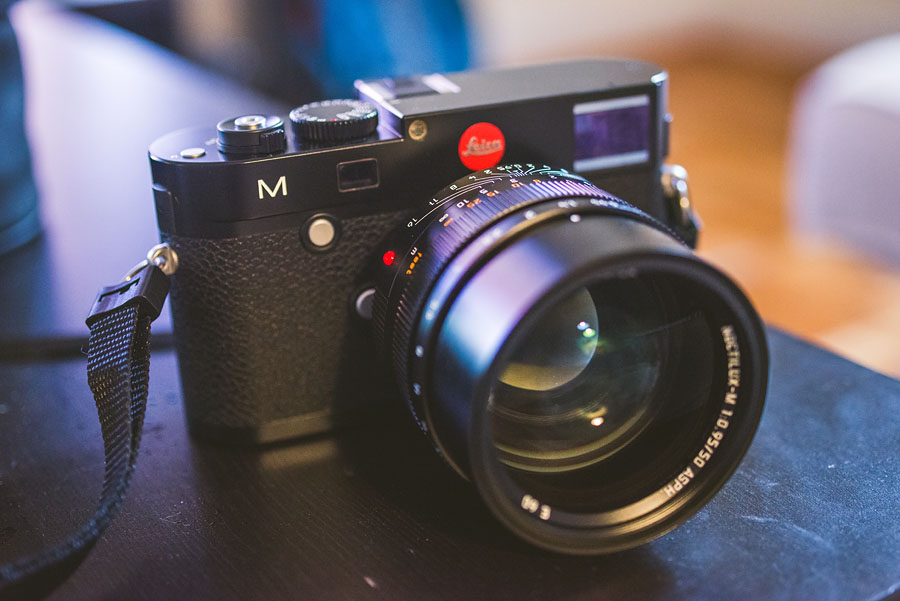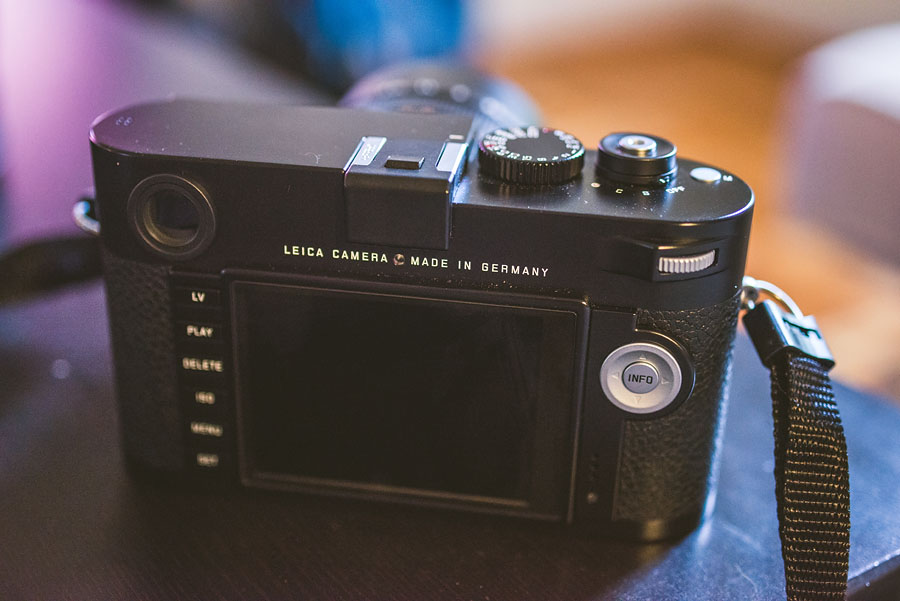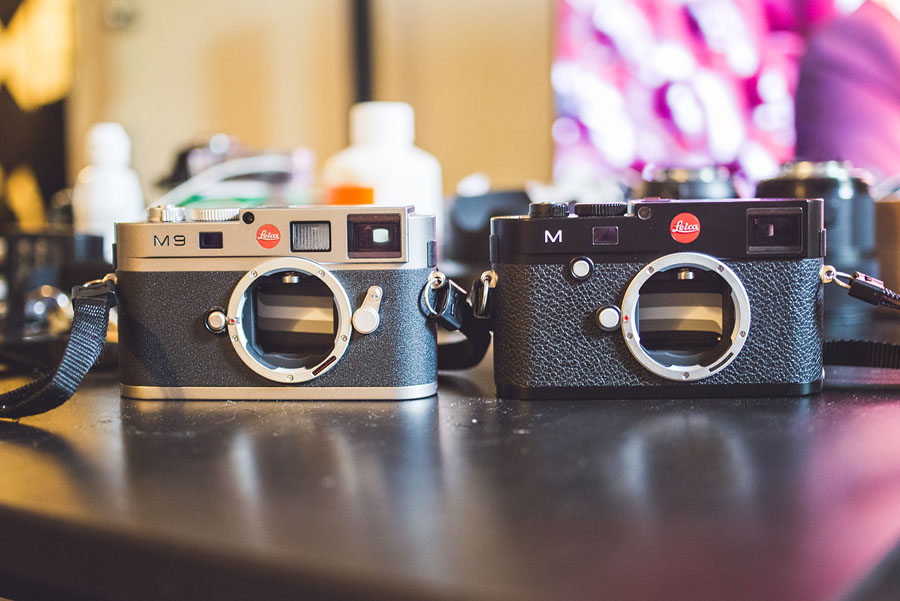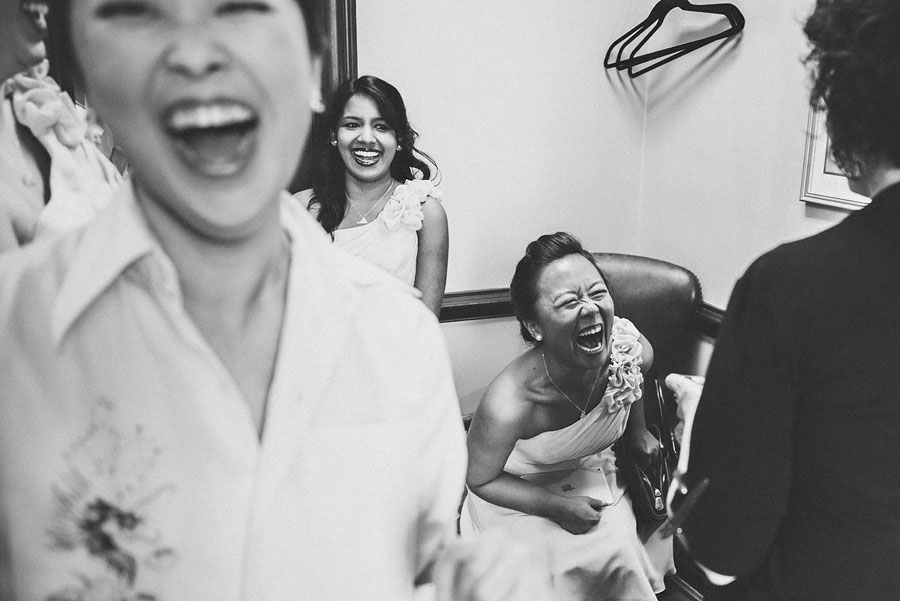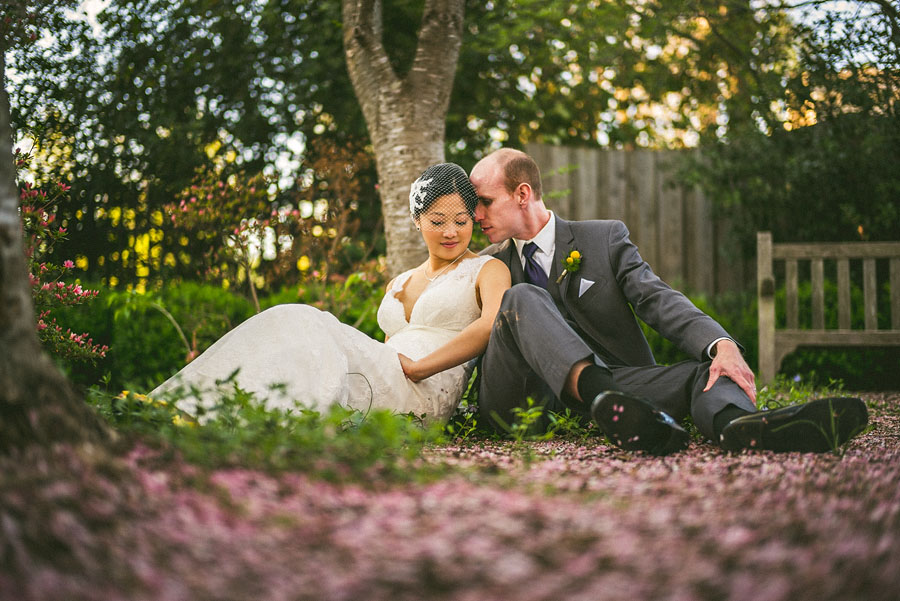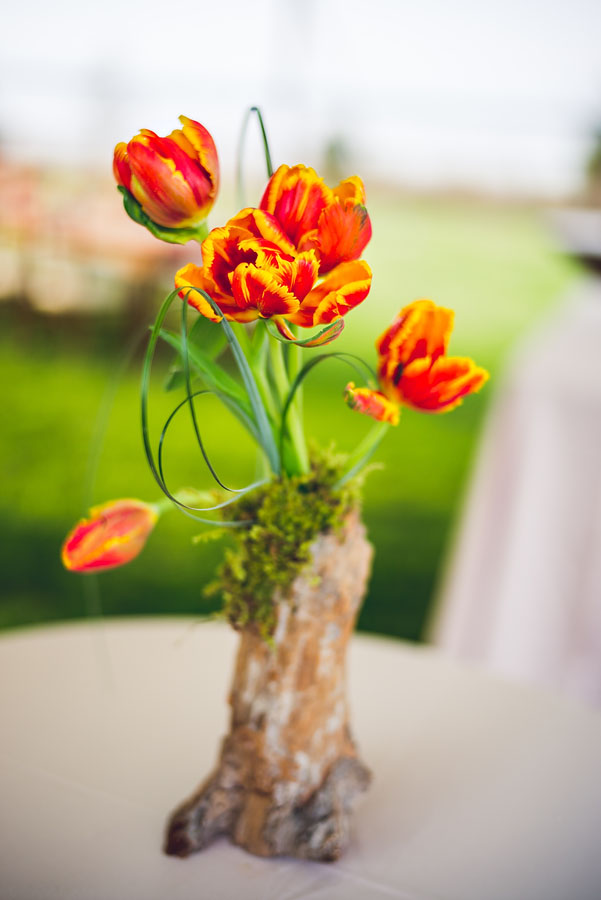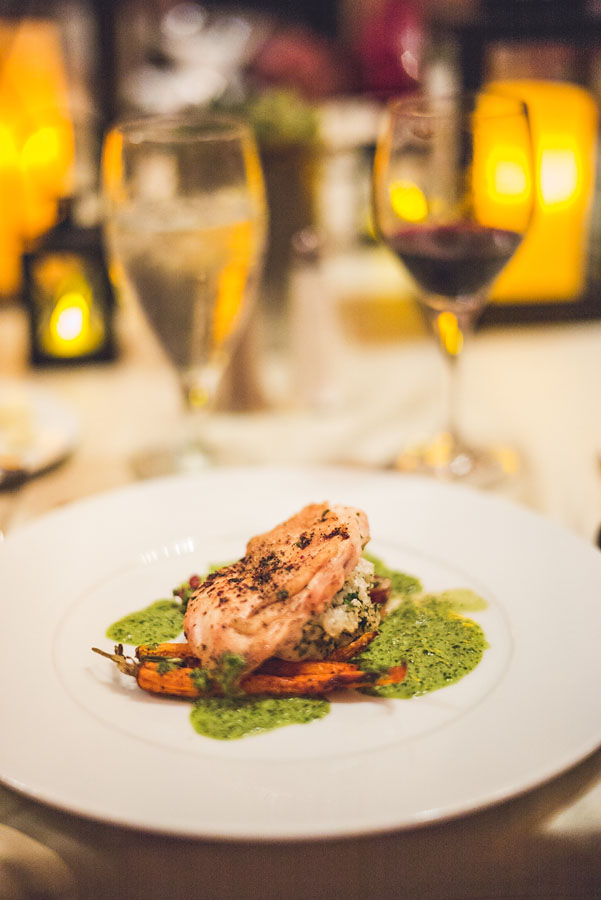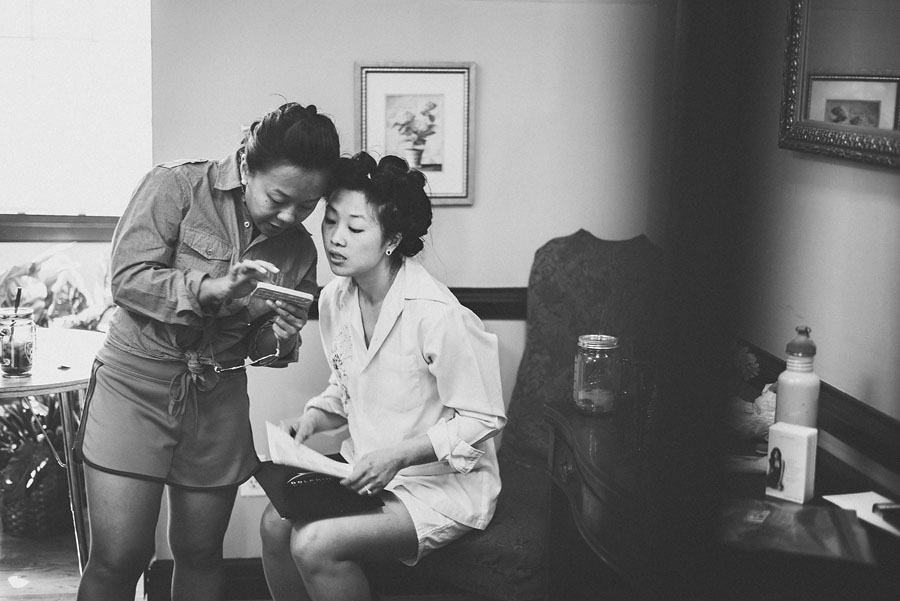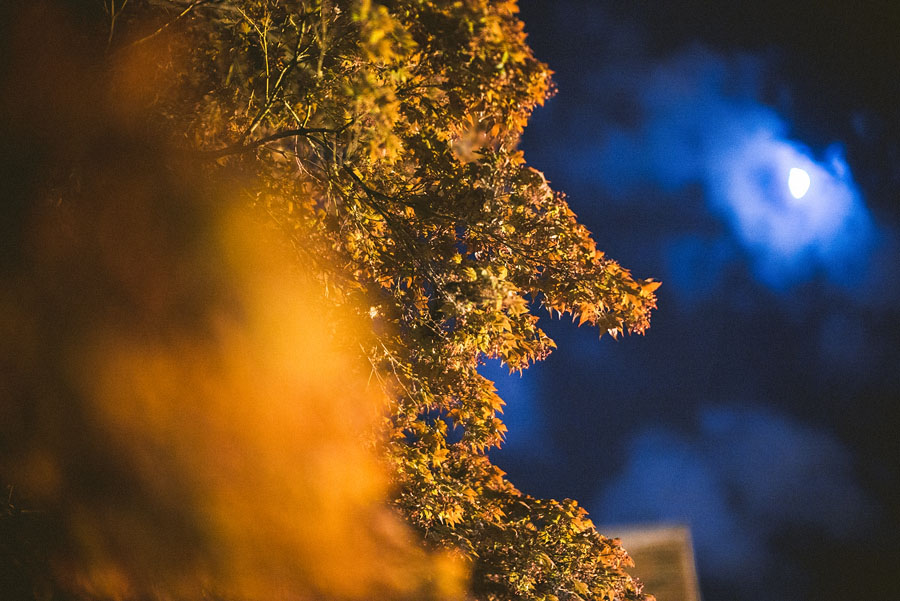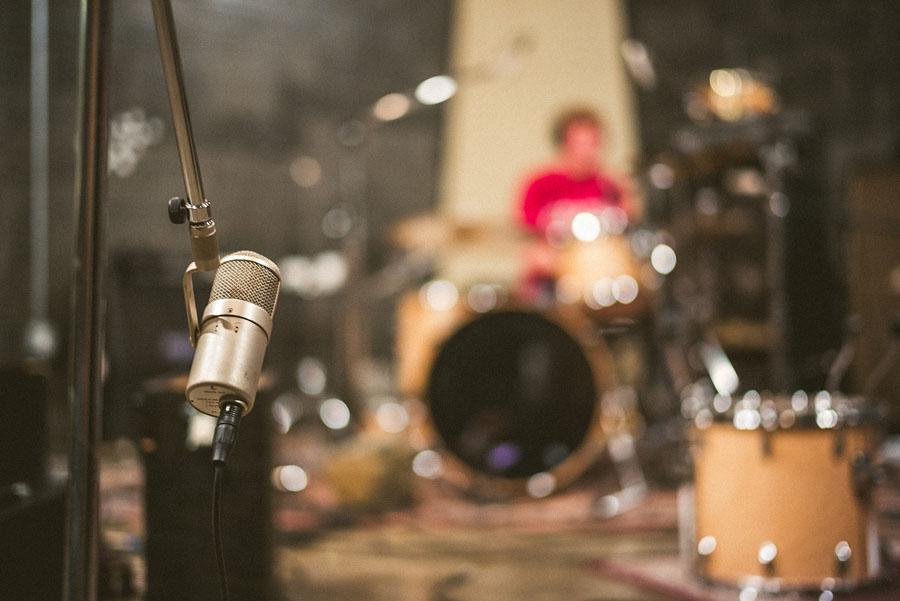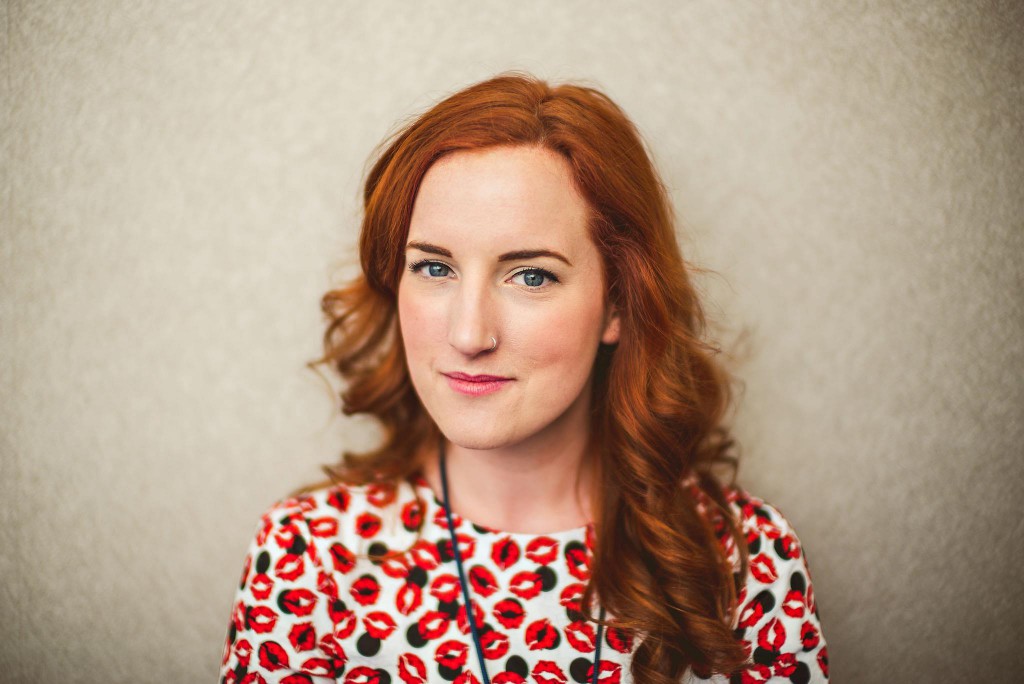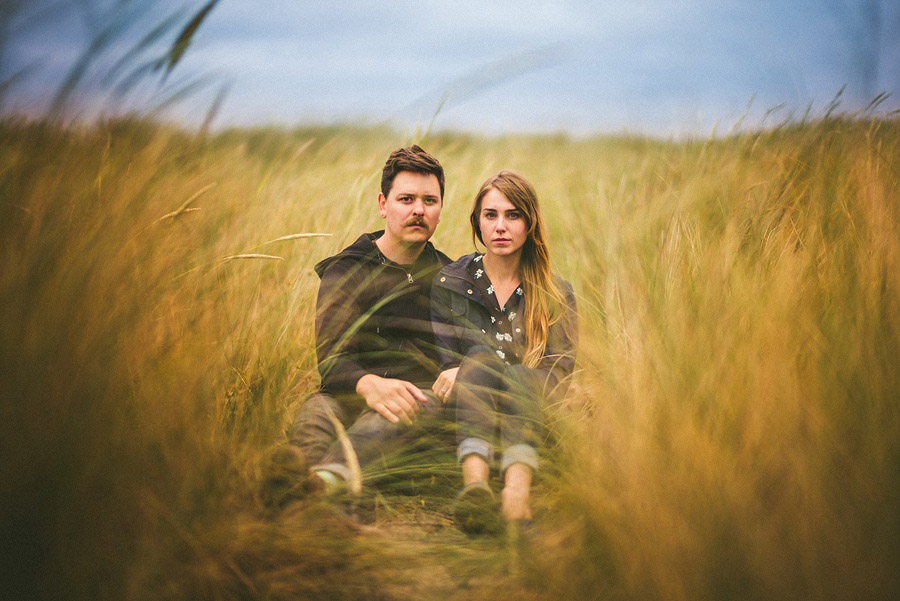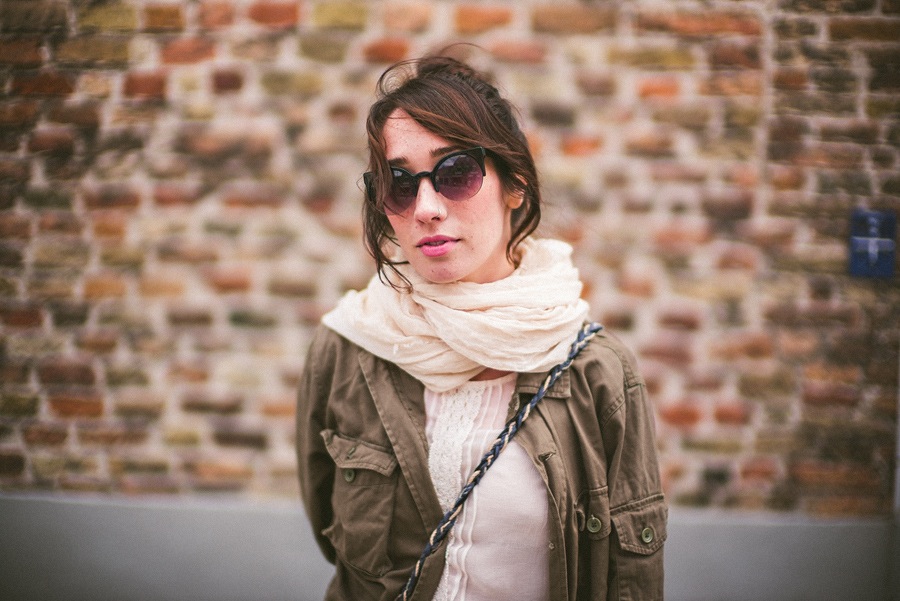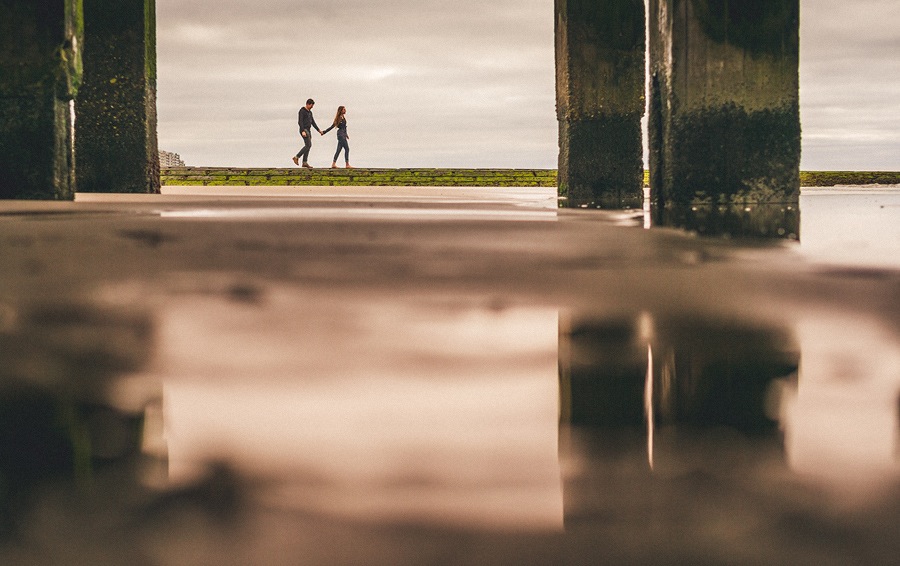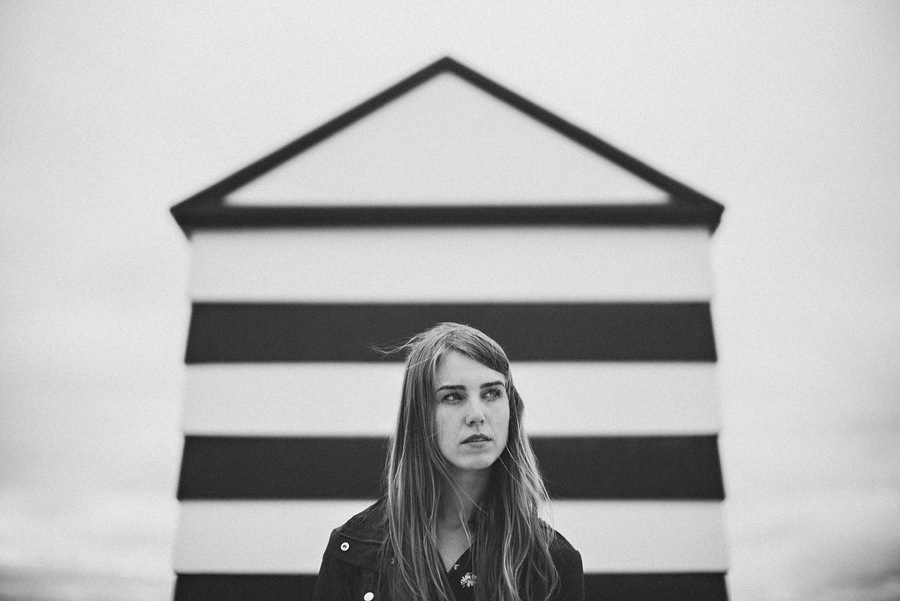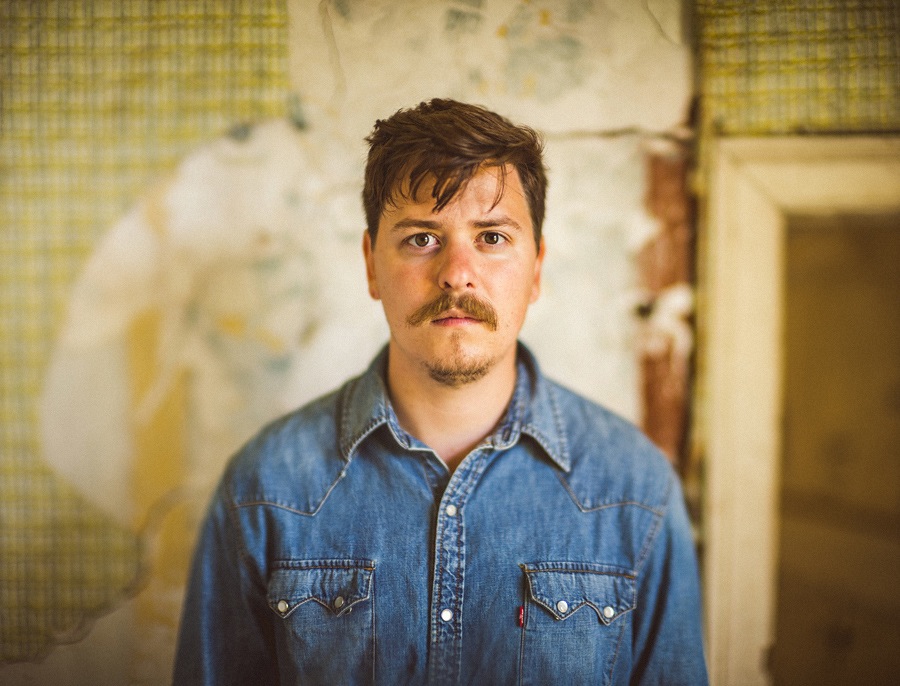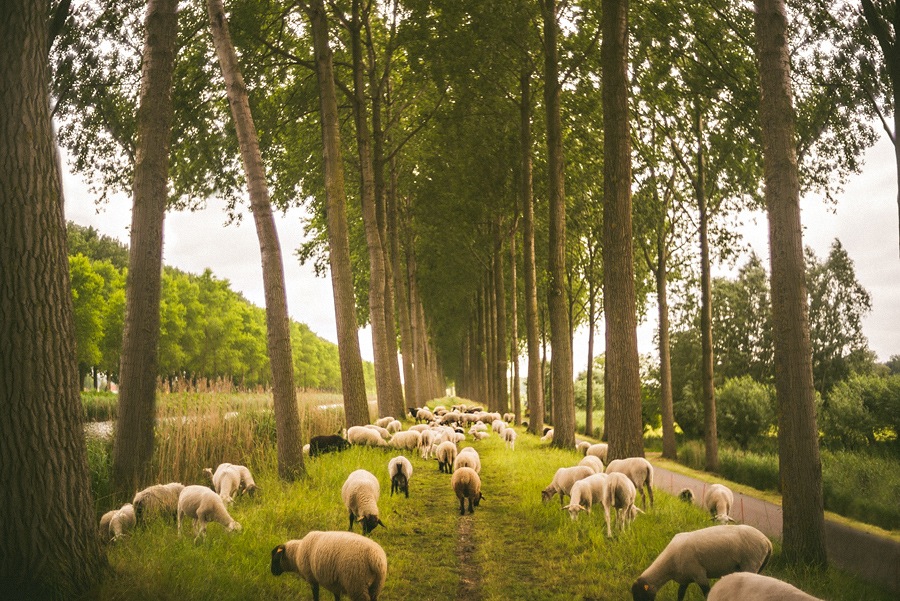This is my real world review of the Leica M Type 240 camera. I’m a full time photographer and it’s a miracle I’ve even had time to write this review. After scouring google in search of other reviewers about this camera it looks like (at the time of this writing) I might just be the only professional in the world using it with the noctilux.
THE QUICK
Leica cameras and lenses are something people seem to love or hate. Most everyone on earth can agree that the M series is beautifully designed, however their insanely high price points and overall image quality leaves room for lots of debate about the company’s products. As a working professional I can say that the leica M typ 240 is exactly the camera I was hoping it to be. I’ve already run it through its paces at 5 or 6 jobs and will continue to bring it with me on everything I shoot. Perhaps not always with the HUGE Noctilux f/0.95, but that’s just because it’s a heavy heavy lens. I also own the 50mm f/1.4, 35 f/1.4 and 28 f/2.0.
NOTE: All these images are fully processed with my normal processing methods in Adobe Lightroom 4. I don’t care to show stale tests of comparison sooc photos of color boards and brick walls… there are plenty of other reviews like that out there.
THE BUILD
No surprise that the Leica M Typ 240 camera is built to perfection. I’m not going to go into too much detail other than to say that it’s as comfortable as ever to hold (I like it more than the M9) and it’s now weather sealed! Always nice to have the added protection, however as far as I know there are no Leica M mount lenses that are weather sealed so it doesn’t really make that much of a difference. The overall design is just a little different than the M9 and in general I’ve felt the need for a grip or thumb lever to better secure my handle of the camera, but that’s really just the fault of the giant Noct 50mm 0.95 lens. With the leica 50mm 1.4 or other lenses it’s less of an issue.
The menus are much improved and modern compared to the M8 or M9. It’s a welcome change. The only thing I’d prefer to be different so far is the ISO screen. Currently it pops up and overlays the entire screen even in live view and it’d be much more convenient if it were just overlaid on top of the live view image.
THE USE
It’s hard for me to even decide where to begin about the use of this camera. Coming from an M9, my expectations were mixed. I had collected a few leica lenses but never really considered using them on the M9 for most of my professional work because it was such a slow process to take a photo… at least at the settings I almost always want (wiiiide open).
I was never really impressed with the M9′s files. I love the camera because of the way it slows you down and forces you to THINK about a photograph before you make it, but editing the M9 files was always kind of frustrating. Skin tones always looked too weird and the dynamic range / iso performance of the camera left a lot to be desired next to my usual Nikon D4.
That’s all changed with the Leica M Typ 240.
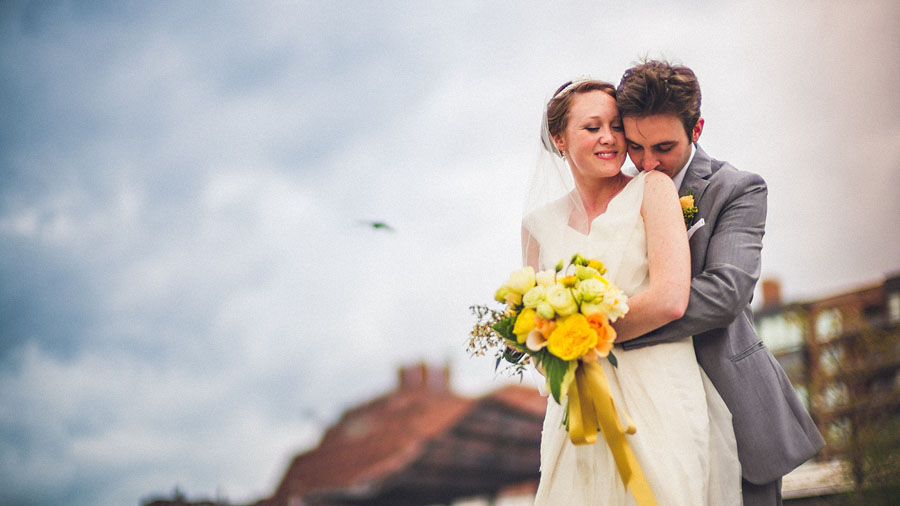
LIVE VIEW
I’ve been spoiled with the live view on the nikon D4 for over a year now and really exploit this feature to make a lot of my photos these days. I’m so happy to say that the Leica M type 240 Live View performs wonderfully. You can see a demo of it in the video below. It’s responsive enough to be used constantly and I was even able to use the live view focusing my Noctilux f/0.95 while walking in front of this couple walking toward me!
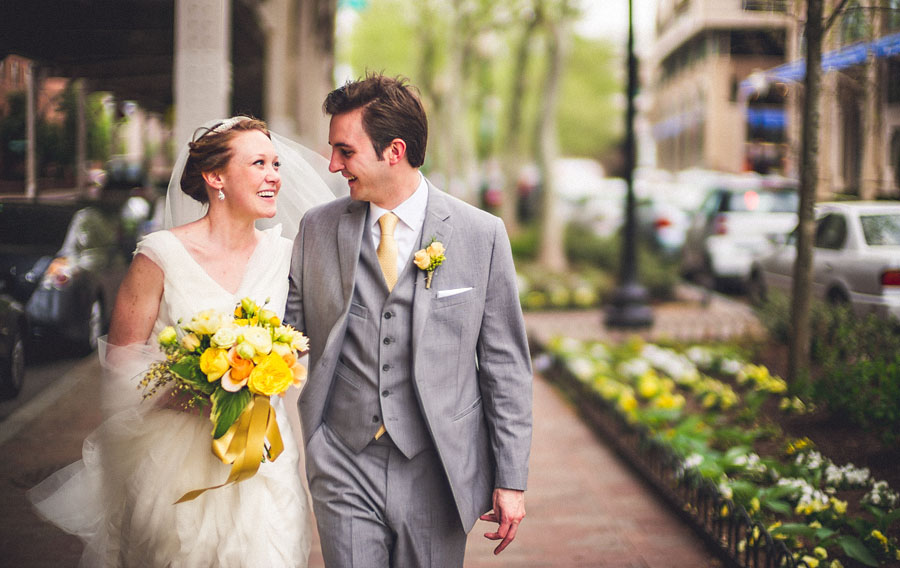
So, if that doesn’t demonstrate my point enough I don’t know what will. Live view is a game changer and if you’re not using it already in whatever camera you own (if it has it) you better start… and get used to it! It’s the way of the future.
That being said… the optical viewfinder has been improved a good bit to me compared to the M9. I can’t tell if it’s larger, brighter, or what, but focusing is definitely easier than with the M9… just take my word on that.
One of my main concerns about the live view of the Leica M was whether or not the view would show exposure changes in real time as you adjusted iso, shutter, and aperture. At first I was really bummed because it appeared not to. The default of the live view will show you a scene based on whatever it meters. You have to half press the shutter before it will show you what your photo will look like that the setting you’re currently at… which is 100% fine with me! Works great.
ISO
I’m a big fan of shooting at night and in dark spaces. Again, spoiled by the iso capabilities of the Nikon D4 the Leica M had a lot to live up to. I’m happy to say that I’m totally comfortable shooting at 6400 iso. These 3 images were all photographed at 6400 iso. Yes, even the one of the couple dancing, which I photographed using live view and manually focused at f/0.95. Looks great to me and no noise reduction was used on these. There’s a bit of banding, but I also push my files pretty hard in post. If you properly exposue (I tend to underexpose and bring back in post) the banding isn’t as noticeable.
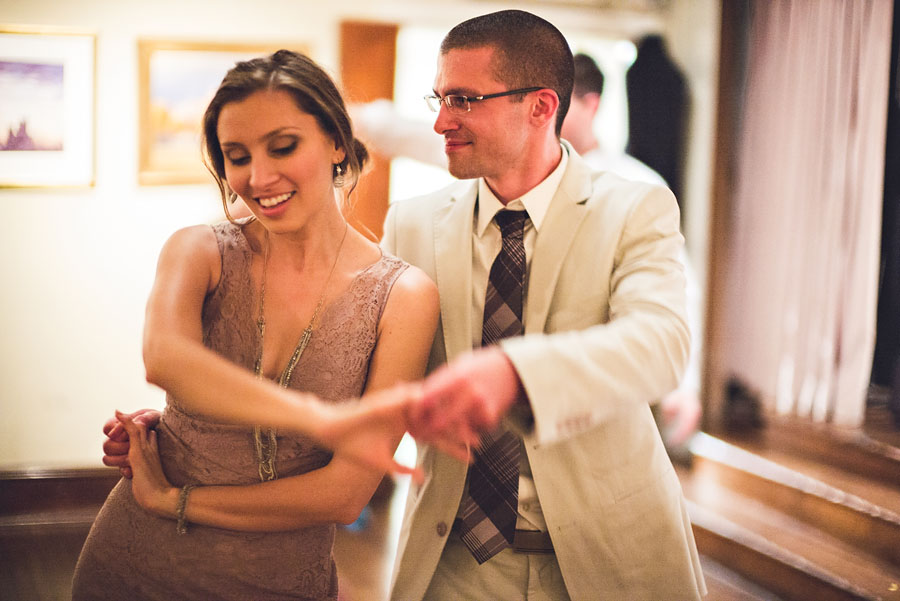
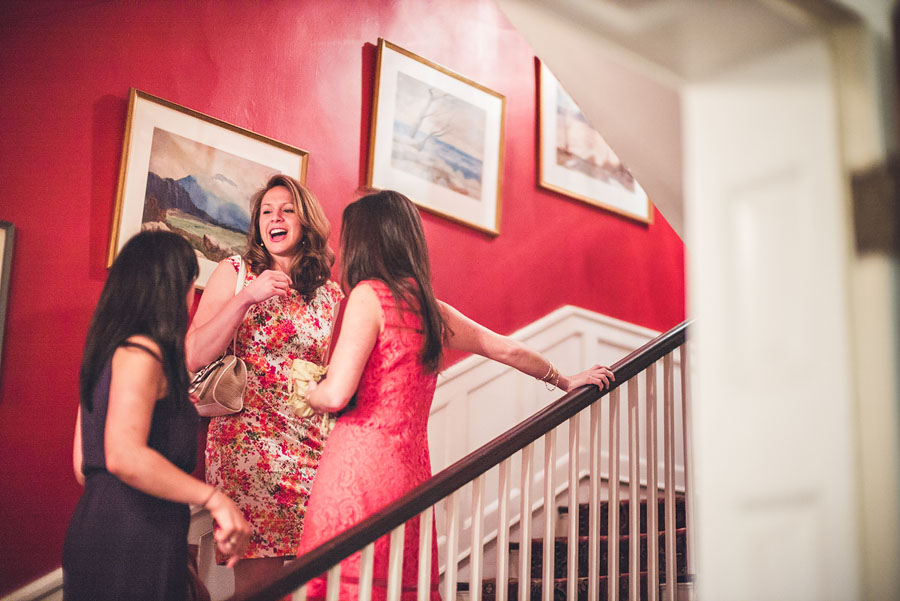
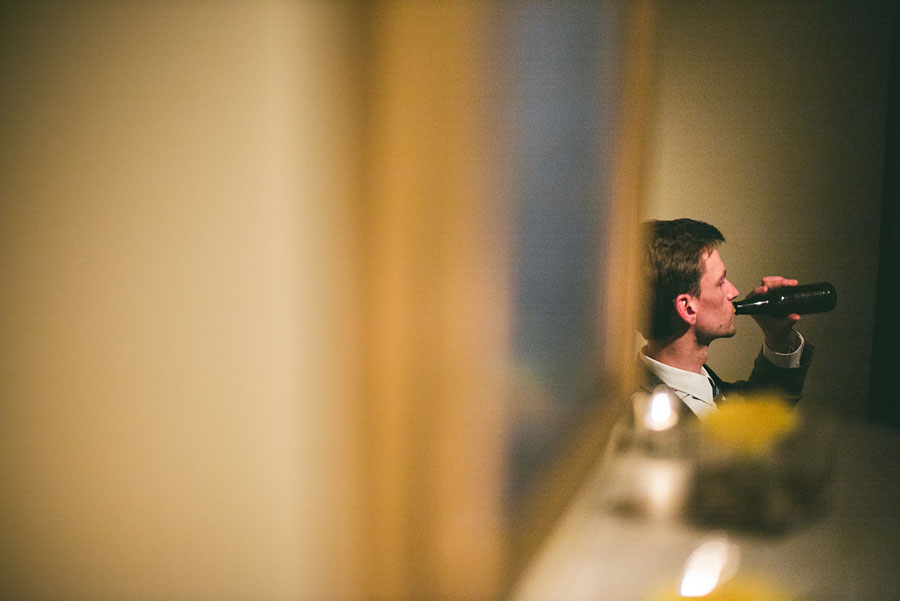
There is a some sort of glitch right now (to be fixed via firmware upgrades) where the auto iso doesn’t engage properly. Doesn’t really effect me much as I shoot in full manual for everything I do, but it would certainly effect some users.
FOCUSING
Anyone that’s used a leica camera knows that auto focus doesn’t exist on their M series cameras. The focusing as a traditional range finder is wonderful, but the live view is really where it’s at on this camera. No problem focusing at f/0.95 and the focus peaking feature is INCREDIBLY helpful. Works with pinpoint accuracy and makes me a lot more confident that my focus is where I want it. I was even able to make a 16 images brenizer panorama image at f/0.95 very quickly and efficiently
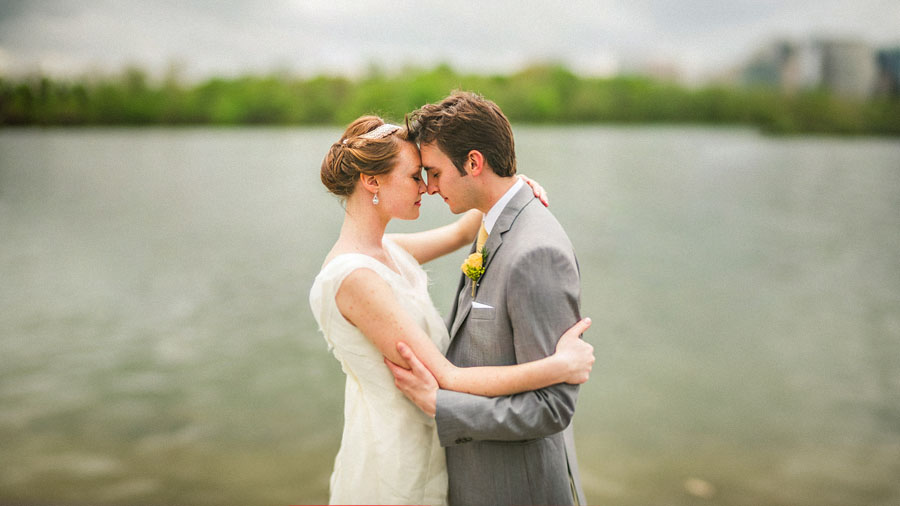
That’s 16 images stitched together at f/0.95. I have no idea what the depth of field on this is… but it’s probably something you’ve never seen before.
Here’s a bride and her bridesmaids photographed at f/0.95. That’s an extremly shallow depth of field for a group photo, but I was only concerned with having the bride in perfect focus for this particular image.
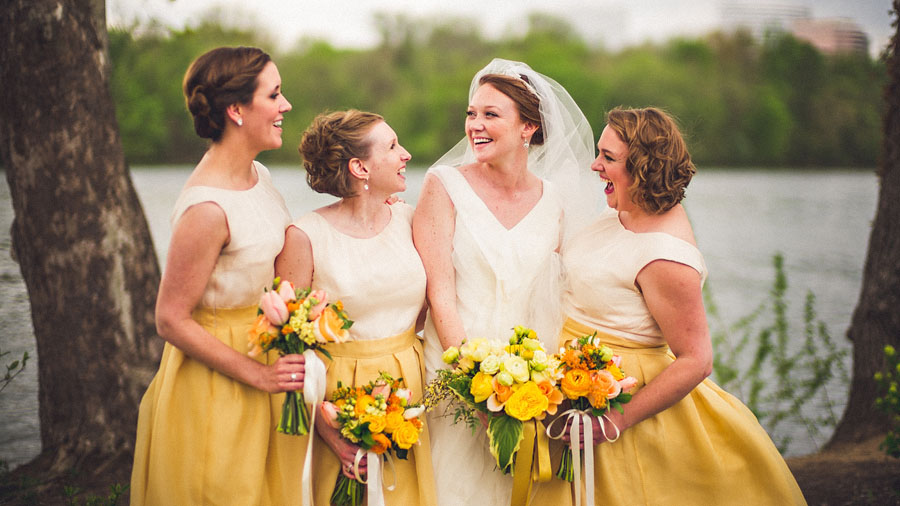
BATTERY LIFE
Soooooooo SO much better than the M9. In fact, it seems to be performing right along side with my Nikon D4. A full wedding day of shooting 1000 some images on just the Leica M had my battery a touch under 50%… and that’s with Live View running almost every photo. Can’t ask for much more than that.
VIDEO
This isn’t a video camera. You can see the sample video below of my silly handheld clip of the drummer from my band tracking drums in a studio in Baltimore. It’s kind of cool to have the feature, but I don’t at all recommend the camera for any professional video work. Also, the ISO seems to cap itself at 1600 when shooting video… it’s very weird.
THE EXPERIENCE
The process of making a photo with the leica m is unique. For the clients I’m photographing they get really excited to see such a classic looking and intrigung camera in front of them vs a traditional SLR. The look of the camera ALONE puts people in an artistic mindset. It’s bizarre, but extremely helpful because my subjects feel like they’re a part of a deeper process and experience. That’s something only a Leica and deliver… at least in the digital world. I’ve heard other large and medium format film photographers say similar things… but I hate film so I’ve never considered using a system from that realm.
Also, being that it’s a mirrorless camera it’s very quiet. That’s really helpful during sensitive moments of which there are many on a wedding day. People that spot you might be distracted by the beauty of the camera, but never the noise of it.
(Click image thumbnails to see larger version)
THE TIPS
- Live view mode will change your life
- Buy the grip plate, finger loop, or thumb mount for added comfort and stability – tradeoff is a larger overall camera
- The focus zooming is incredibly useful so I set it to automatically engage whenever I turn the focus ring on a lens. The button on front of the leica can also be used to enable and disable this, but it’s in kind of an awkward place to use as often as you (probably) need to focus.
- Try the electronic hot shoe viewfinder add-on. It’s expensive, but seems to work well for people that prefer to have their head smashed up against a camera when making a photo. I used it in the leica store here in DC and it performed as expected. Will help if you shoot in bright sunlight a lot!
- Don’t take out a loan or buy this camera on credit because it would take YEARS to pay for itself.
THE CONCLUSION
So many people have asked me why I spent so much money on a piece of kit that will largely create images on par with a camera I’ve already got and my answers always seem to drift back to the emotional experience of shooting with leica equipment. Much like Apple products tend to trigger an emotional connection with their users Leica products do too. The simplicity and and elegance of the camera just plain makes it fun to use. It’s in no way required to spend so much money on the Leica M to make professional photos, but I’m in love with create images that are unique as the people I photograph and by shooting with the M + Noctilux f/0.95 it’s safe to say I’m one of the only working professionals in the world that is able to deliver that.
There’s a lot more I could say about this camera. What I love what I don’t love what could be improved and what is overkill, but in the end you should know that I love it, recommend it, and use it as much as I possibly can. Yes there are many other wonderfully affordable mirrorless cameras on the market, but the Leica is still the only game in town that will provide interchangeable lenses AND full frame sensor size.
